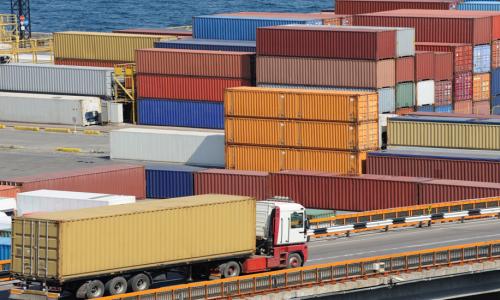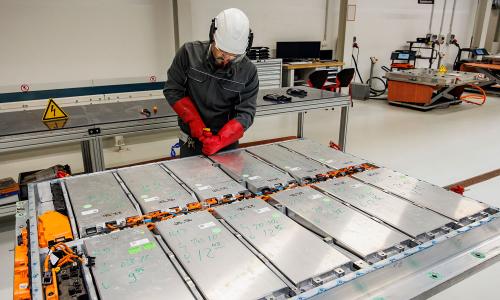California is a hub for our nation’s freight
About 40 percent of the country’s containerized goods enter or exit through California’s maritime ports. A year’s worth of these containers would stretch two and a half times around the globe.
Trucks and trains help move this freight across inland California's highways and rail systems—but it comes with a cost.
Freight is a major polluter
California’s freight system is the single largest contributor of diesel particulate matter (soot) and smog-forming nitrogen-oxide emissions in the state, pollutants that are linked to high rates of respiratory illness. Freight also accounts for about 10 percent of California’s total global warming pollution.
These costs don’t affect all Californian’s equally. Low-income communities and communities of color are more likely to live near freight centers and corridors, increasing their exposure to air pollution. They’re also disproportionately affected by the impacts of climate change.
With the number of transported goods projected to increase 80 percent between 2011 and 2040, the costs of freight will only increase—unless we make it cleaner.
We can modernize California’s freight system
A modern freight system would include widespread deployment of electric-powered heavy duty vehicles. It would also utilize smarter, more fuel-efficient trucks, as well as cleaner fuels and smarter logistics.
Policy makers can help. Stronger truck emission standards, funding for advanced technology demonstration projects, and other policies will help modernize California’s freight system—cleaning our air and helping our climate in the process.




